Now more than ever, we designers and retail actors have a role to play in protecting the environment and our planet. Construction sites and creation of retail concepts massively pollute and affect us. They are damaging our landscapes, our land, our water… For instance, the construction industry produced 6 million tons of waste per year in France in 2020. The construction sector also extracts more than 30% of the planet’s natural resources, worldwide.
At CBA, we place great importance on the fact that our creations are above all THOUGHT.
Beyond being well designed, well drafted and achievable, a project must above all be respectful of the environment. This aspect, which we integrate into all our projects, was reinforced in 2019, when we collaborated with Malongo (a French company known for its fair-trade coffees) to reposition the brand through its retail stores. Besides the use of sustainable and organic materials, and the design of disassembled furniture for easy recycling, we had established a dense sustainable development specification so that the entire project would be carried out in a responsible and committed approach. This collaboration has allowed us to adapt our creative process and include in each of our projects this will of creating more respectfully. This is even more motivating because it creates value and is a source of creativity and renewal.
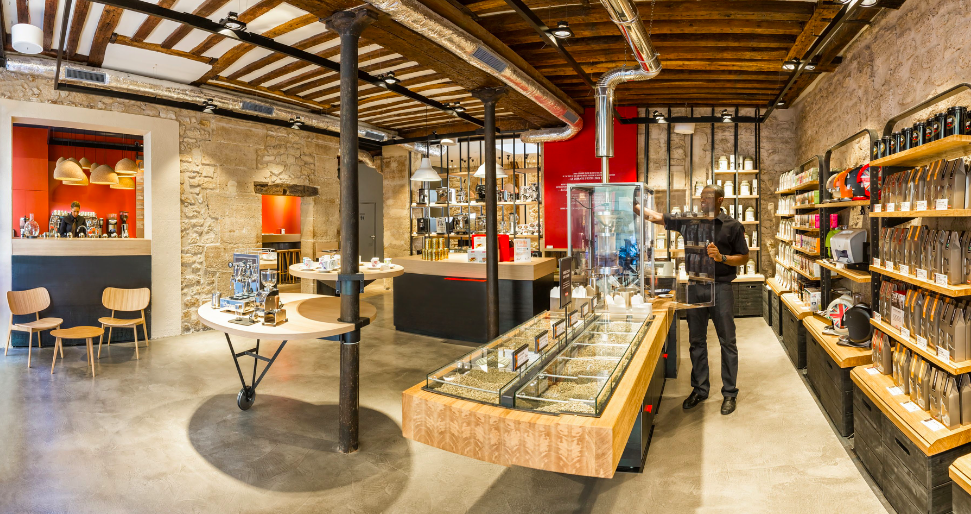
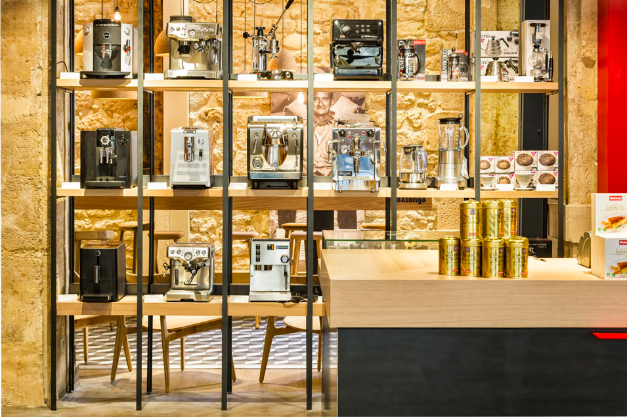
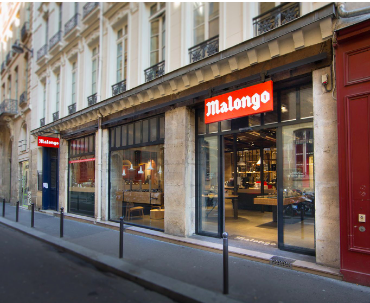
Two years ago, this battle horse was still wild, difficult to ride. Today, all agencies and advertisers wish to display this green flag. Greenwashing is still present, but is declining, the consumer can’t be fooled! And the environmental crisis is real; we can’t lie to ourselves anymore.
The same way there is a duty of citizenship, there is a duty of design. In each creative thought, the designer should integrate the 4 “R’s”: reduce, reuse, recycle and refuse; while asking himself at each step, from drafting to realization, “is it profitable or impact-free for the environment?”
The role of design agencies is no longer to simply provide a creative response to a brief, but to anticipate and bring together experts in order to better support their clients in designing more respectfully.
We have a duty and responsibility to design sustainable spaces, objects, and furniture with the most positive and responsible footprint for our future generations.
It requires a different approach to the matter; it also requires restraint… It implies daring, questioning, stepping out of one’s comfort zone, making choices, even if it means giving up. To help us, a lot of new materials are emerging: they come from the sea (oyster shells, mussel shells, seaweed), from organic waste (orange peel, coffee grounds…), from mushrooms, from textile waste… Some of them are not yet operational for ERP projects (establishment receiving public), others are still quite expensive, but it remains positive. As time goes by, the hummingbird makes its nest. Diversity is such, in these new materials, that it offers an infinite field of possibilities, an extraordinary creative wealth, a fantastic playground for designers.
Our teams have also had the pleasure of playing with these materials to create different zones with different atmospheres during their collaboration with Cojean, in the reinvention of its restaurant located at the CNIT in La Défense, Paris.
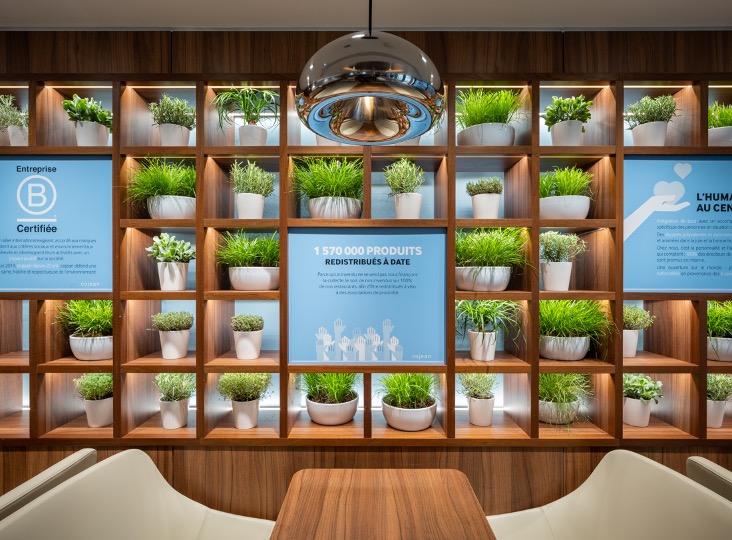
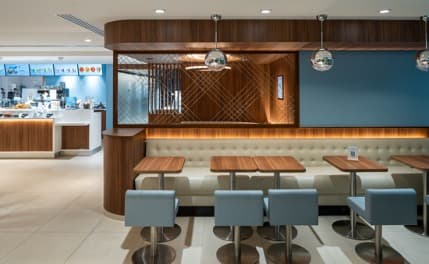
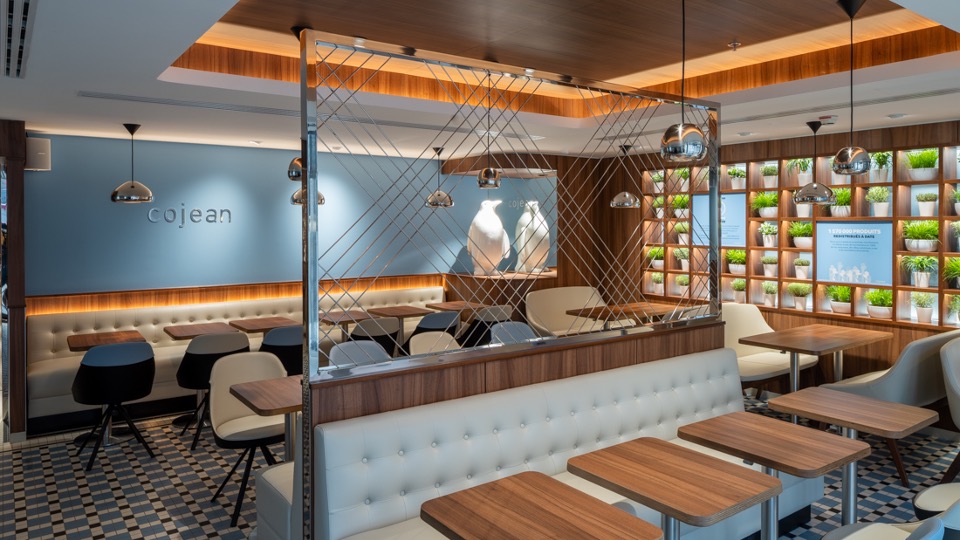
And vegetation in indoor spaces? Frenzy! We’ve always needed to remain connected to nature, long before the COVID era. However, keeping real plants alive indoors comes at a cost and requires maintenance, so we have a solution: installing plastic or stabilized plants. Why use real items if you can have artificial ones? The human being, once again, is not fooled, he does not wish to be in contact with anything artificial, he expects authenticity, as in its relationships. Even if the artificial plant is made from eco-friendly materials, this artificial flora has a carbon impact. Should we continue to create and use forgery to replace what is real if it is unhealthy? Here again, we must apply our duty of restraint…
Alternatives are available to us. Indeed, vegetation can be displayed in other forms: through illustrations, large format photos, scents, colors, materials; which also have a carbon footprint, you might say. So what can we do to avoid the immobility of the rabbit caught in the headlights of a car? Today: do the best you can, analyze, weigh the pros and cons and don’t hold back on imagination so that the future is joyful and caring.
– Corentin Nicolas, Executive Creative Director Retail & Architecture,
At CBA Design Paris
